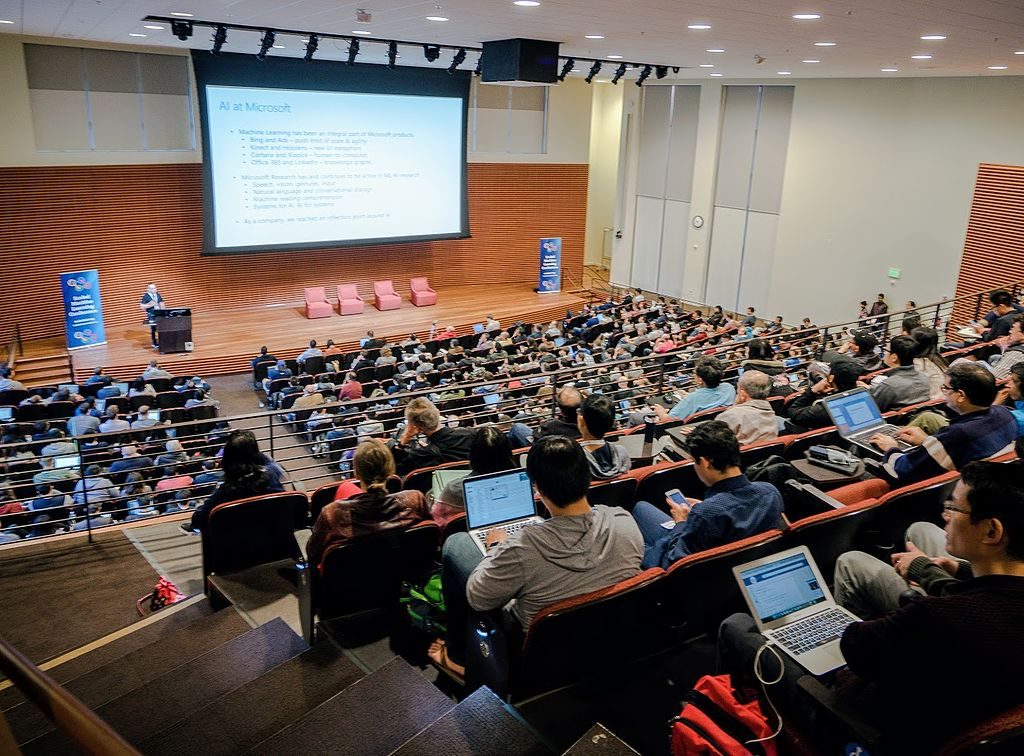Artificial intelligence, machine learning, and deep learning are arguably the most significant innovations taking the 21stcentury by storm. Differentiating between the three terminologies is no easy feat, which explains why they are often used interchangeably.
What is Artificial Intelligence?
Artificial intelligence is the art of trying to integrate human intelligence into machines. Put, it is a science or approach of developing a robot or device that works like a human being. Such a device, when adequately configured, would be able to learn, make mistakes, and compensate for the mistakes made as well as gain experience that leads to learning.
Artificial intelligence has been around for quite some time but it wasn’t until the 1950s that people started exploring its true possibility. Computers becoming faster and affordable is one of the catalysts that have helped accelerate AI evolution. Over the last 5 years, AI research has grown by 12.9% annually.
According to data by Towards Data Science, the number of active startups using AI has increased 14000% since early 2000. Investments targeting artificial intelligence programs have also increased six-fold. The number of jobs requiring AI has also increased by 450% since 2013.
China is poised to become the biggest global source of AI by dethroning the U.S from the second spot, as it also closes in on Europe’s first spot. Some of the distinct areas of research around AI revolve around Search optimization, Fuzzy Systems, and Natural Language Processing as well as neural networks and machine learning

What Is Machine Learning?
Machine learning is the art of empowering computer systems to be able to learn by themselves using the data provided. Depending on the data fed, such machines can make accurate predictions. Many at times, Machine Learning is envisioned as a subset of artificial intelligence as it is a technique for realizing AI.
Machine learning is essentially a way of training algorithms to be able to make informed decisions based on data fed. It’s been around since 1952 but the data-driven approach came into existence in the 1990s.
In the present world machine learning has found its way into the financial services where businesses are using it to identify important insights in data and prevent fraud. Retailers use machine learning to recommend items that customers, may be interested in. The development of wearable devices and sensors powered by technology is also finding great use in the healthcare sector.
What Is Deep Learning?
Deep Learning is envisioned as the next evolution of machine learning as it is concerned with teaching computers to do what humans do naturally while learning by example.
The history of deep learning dates back to 1943 when the first computer based on neural networks and the human brain came into being. The technology has evolved a great deal ever since and found great use in a number of operations. Lip reading is one of the technology’s biggest achievements as well as enhancing translations.
Deep learning has found great use in driverless car technology as it enables cars to recognize a stop sign, distinguish various items on the roads such as pedestrians, etc. Deep learning is also the technology behind voice control in consumer devices such as phones, TVs, and smart speakers.

Deep Learning vs. Machine Learning vs. Artificial Intelligence
While the three terminologies are often used interchangeability, it is clear they are not the same thing. Unlike the other two, artificial intelligence is a much broader concept that involves the use of computers to mimic actual human behavior.
Whenever a machine performs a task, intelligently based on algorithms inserted, then the original concept is dubbed as artificial intelligence. To ensure that computers can think like humans, then the use of neural networks, which is essentially a series of algorithms modeled after the human brain, always come to play.
In contrast, Machine Learning involves machines receiving a set of data and learning by themselves. As time goes on, one can change the underlying algorithms to allow the machine to learn more about the information and process it.
While deep learning tries to go deeper than the other two, it is still considered a subset of machine learning. Often referred to deep neural networks, deep learning entails layers that operate as a nested hierarchy of related concepts or decision trees.
In deep learning, an answer to one question often leads to a set of more profound but related questions given the layers involved. Unlike machine learning networks, deep learning systems learn from exposure to millions of data points.
Deep learning systems identify edges for differentiation on being exposed to large amounts of data. A perfect example is the Google brain being trained to identify dogs. In this case, the system is shown over ten million images from which it makes the right pick.
While deep learning, machine learning, and artificial intelligence differ from one another, they share one attribute. The three technologies are data dependent, which they use to make decisions. If the data fed is flawed, then the outcome or information extracted is sure to be flawed.

